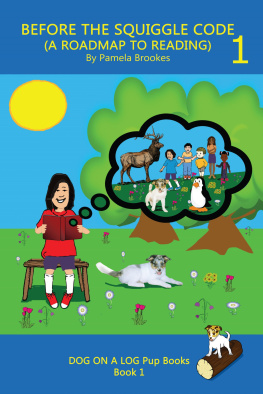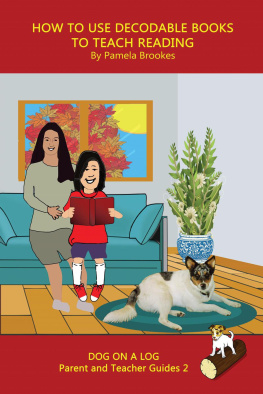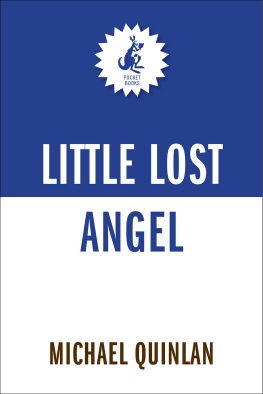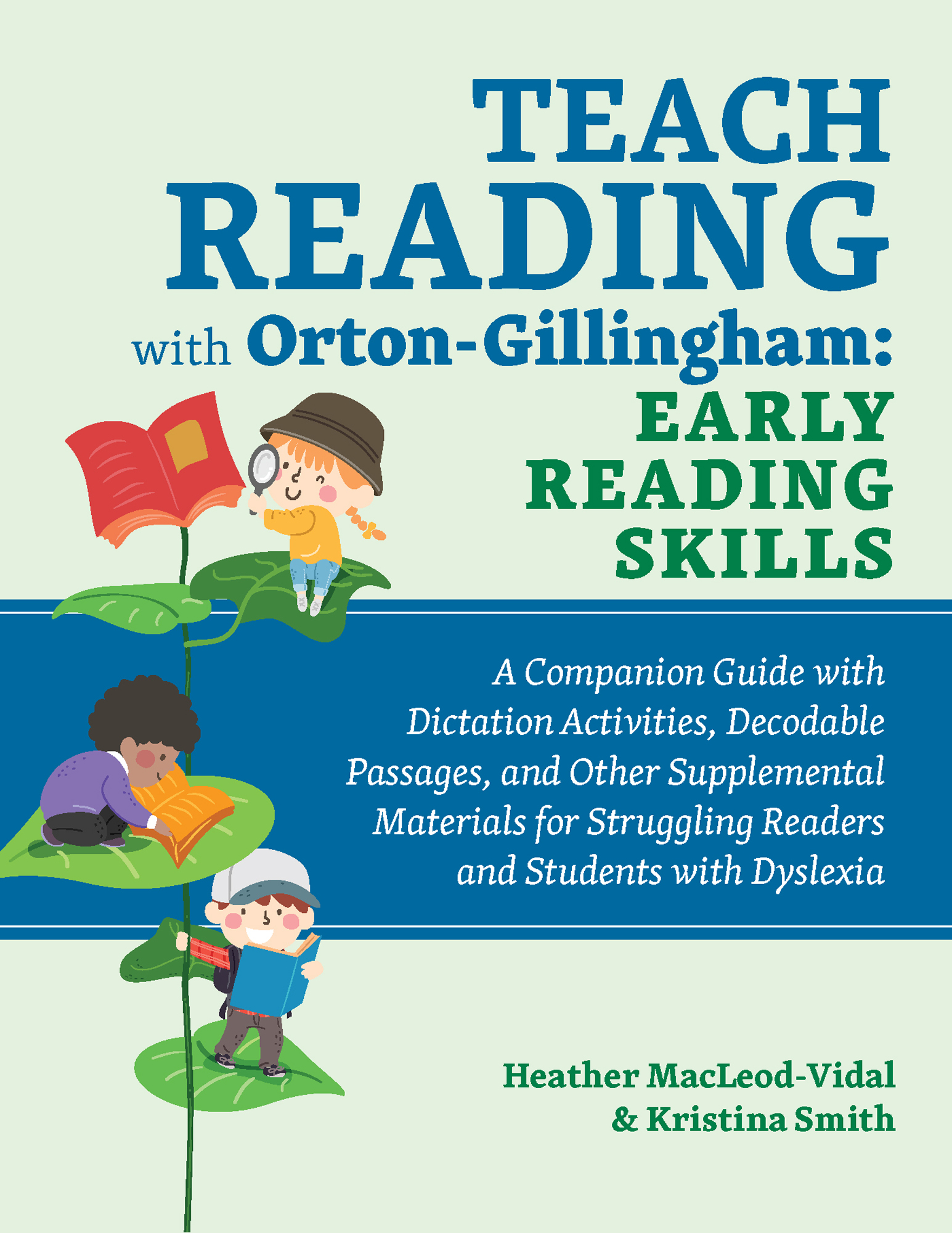Contents
Guide
Teach Reading with Orton-Gillingham: Early Reading Skills A Companion Guide with Dictation Activities, Decodable Passages, and Other Supplemental Materials for Struggling Readers and Students with Dyslexia Heather MacLeod-Vidal & Kristina Smith
To all of the children learning how to read, especially my own children, Juniper and Florence. Heather
To my father, whose pride in and support of my first book inspired me to write this second book. Although you are now only able to support me in spirit, I thank and love you always. Kristina
INTRODUCTION
Dear Educator, This book was written to support teachers who are using a structured literacy approach within their classrooms or tutoring settings. It is written and aligned to match our lesson plan book,
Teach Reading with Orton-Gillingham, but can be useful as a supplement for most phonics programs. The activities in this book include Phonemic Awareness Warm-Up Drills, Letter Tile Word Building, Word Sorts, decodable text, and dictation of words and sentences. They can be used after following our correlated lesson plan in
Teach Reading with Orton-Gillingham, or after explicit teaching of the skill noted within the lesson. Every lesson follows a similar layout and structure.
This predictability helps students master skills more readily because they are prepared for what is to come. All of the words, sentences, and passages are written to include only the phonics skills and sight words that have been previously taught. Tricky words, or sight words that are not yet decodable, are noted at the top of the passages to prepare students further for reading. Each lesson will also include word building and sorts. These word-building activities provide a multisensory approach to make learning more engaging and effective. Every component of this book was designed to help students learn to read in a way that is systematic, explicit, and fun! Happy teaching! Heather and Kristina
Decodable Text
How does decodable text fit into classroom use? Explicit phonics instruction with decodable text is essential for early readers and is an important component of Orton-Gillinghambased instruction.
This methodology allows students to use what they are learning in their phonics lessons and apply it to text. This type of reading encourages using phonics above all else to read. Decodable text can, and should, be used to support early readers. Decodable passages and books can be used as a means of instruction, assessment, small group work, and independent reading choices. They can also be sent home for parents to read with their children. What does the research say? Research supports the use of decodable texts for students who are still mastering the alphabetic principle.
Is there still a place for leveled readers? Decodable readers should be utilized for students who are still learning the code. Once students have mastered most phonics skills, leveled readers are a great way to encourage and support readers. Leveled readers are also an excellent choice for read-alouds to encourage listening comprehension and targeted comprehension practice.
Phonological and Phonemic Awareness
What is phonological and phonemic awareness? Phonological awareness is the ability to hear and manipulate the parts of words. Skills such as rhyming, breaking words into syllables, and identifying onset and rime are all part of phonological awareness. Phonemic awareness is the narrowed focus of identifying individual sounds within words.
For example, in the word ship, there are three sounds, /sh/, /i/, and /p/. Why should I teach phonological and phonemic awareness? Phonological awareness is an essential skill for students. Learning to map sounds helps build the bridge students need to connect oral language to written words. How is phonological and phonemic awareness broken down in this book? Each lesson in this book will begin with a quick phonological and/or phonemic awareness warm-up lasting two to four minutes. These lessons may not always align with the sounds being taught because these phonemic awareness activities are designed to be done orally and auditorily. With that said, there is strong research that suggests linking letters to sounds is a powerful tool during phonemic awareness activities.
We suggest pointing out sounds by stating their letter names if and when you think your students are ready. Unit 1 will focus on phonological awareness by identifying initial, final, and medial sounds. Units 2 to 5 will focus on phonological and phonemic awareness by blending, segmenting, and manipulating phonemes. What is the recommended scope and sequence of phonological and phonemic awareness instruction? Students will begin by identifying the initial, final, and medial sounds of words, and will end the book with more complex phoneme substitution and manipulation. The phonological/phonemic awareness drill, or PA Warm-Up, will always be scripted. Here are some examples of prompts and activities you will see throughout this book.
The drills will become more complex as the book progresses.
It is important to note that the letters represented for these activities are often different from the spelling of a word. For instance, the hard
c, k, and
-ck will all be represented by /k/ since that is the phonetic spelling for that sound. Long vowels are represented by a single letter with a macron () and short vowels are represented by a single letter with a breve (). Silent letters will not be represented since only sounds are used for these activities.
Word Work
Where can I find the letter tiles in color? Our free letter tiles can be found by visiting our website, .
We suggest printing two copies and coloring the vowels (rows 1 and 2) red, the consonants and consonant digraphs (rows 3 to 6) yellow, and the glued sounds (rows 7 and 8) green, then laminating and cutting. How should I use letter tiles with this book? Letter/sound tiles are used during every lesson to build and manipulate words using the targeted sounds from the lesson. Instruct the students to start with the initial word. Then go through the list in order by instructing students to build each word with their letter tiles. Students will change one or two tiles at a time (with the exception of a few lessons where they will change all of the letters to change the syllable). Many sorts have recommended vocabulary words to review during the word-chaining activities.









